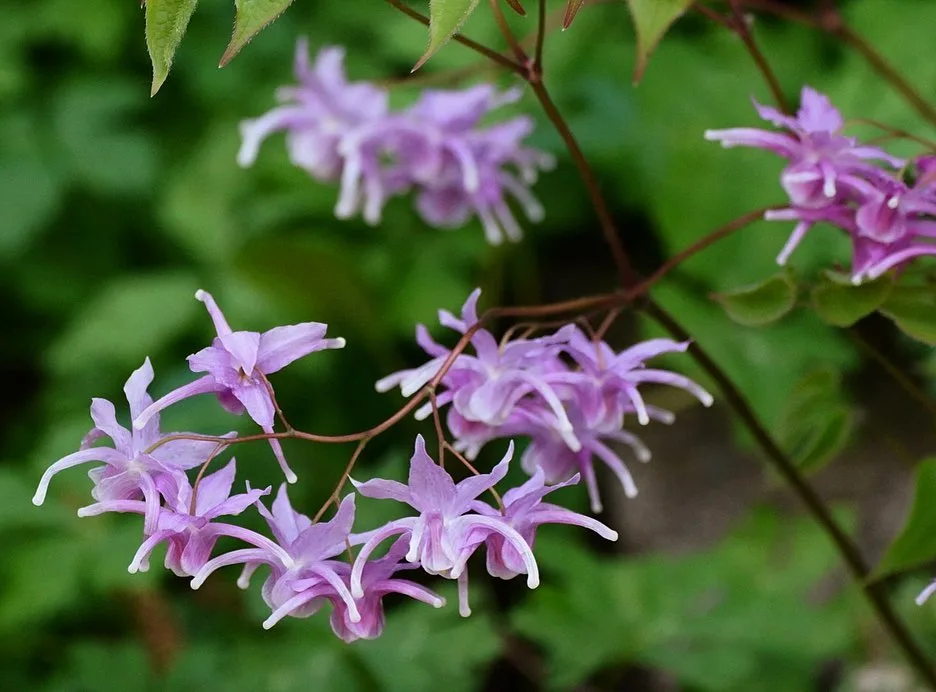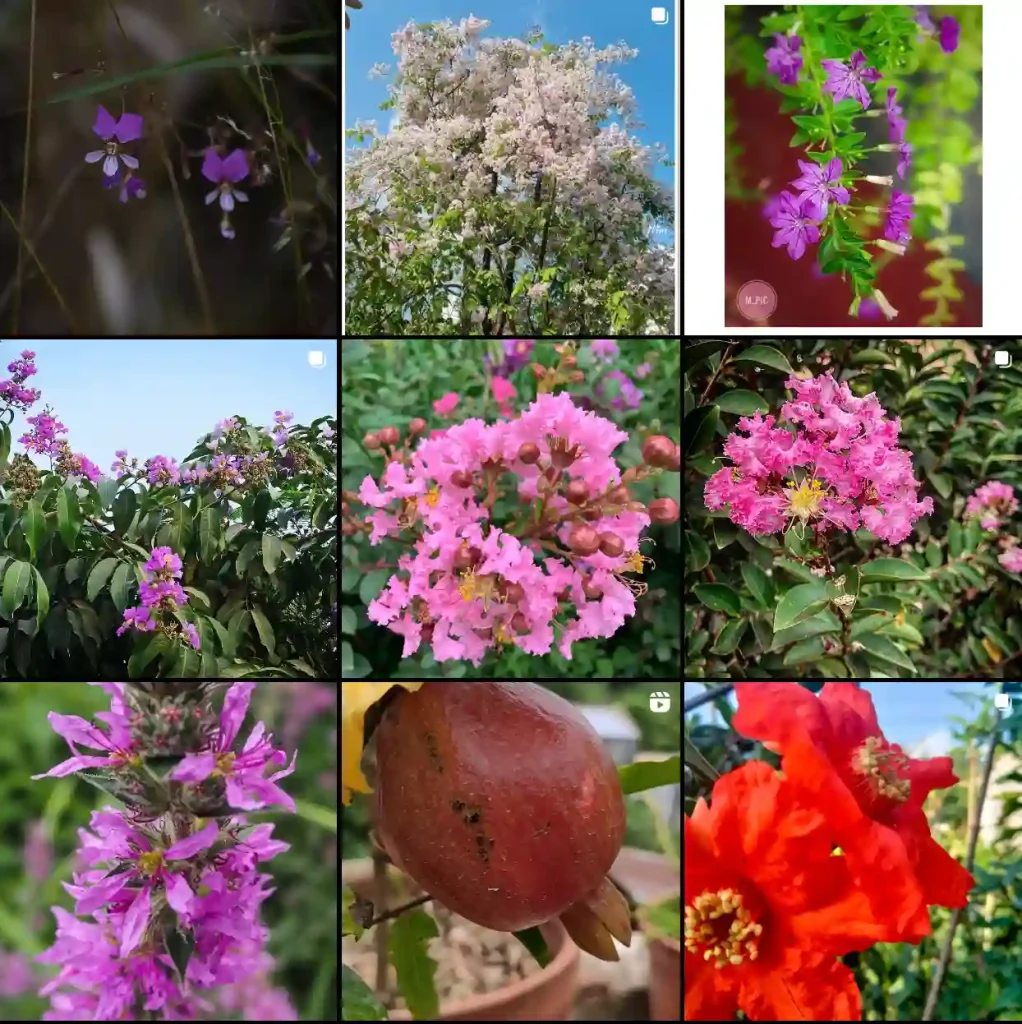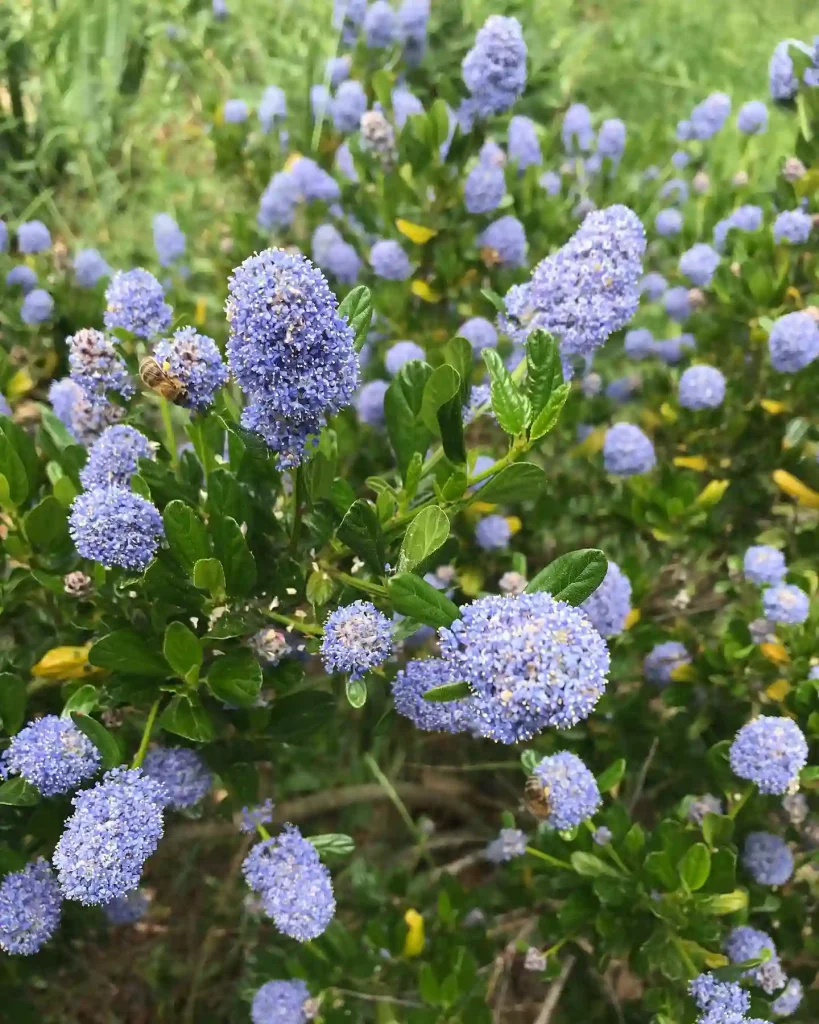My Fascination with the Ranunculaceae Plant Family
The world of botany is vast and endlessly fascinating, and within its depths lies a plant family that has always held a special place in my heart: the Ranunculaceae, or the buttercup family. Its diverse members, with their vibrant colors and unique structures, have captured my imagination since I first began exploring the plant kingdom.
A Family of Beauty and Variety
The Ranunculaceae is a large family, comprising around 50 genera and over 2,500 species. Its members are found in a wide range of habitats, from temperate forests to alpine meadows, and exhibit a remarkable diversity in form and function. Some, like the delicate buttercups and anemones, are herbaceous perennials, while others, like the majestic clematis and the sturdy monkshood, are woody climbers or shrubs.
A Closer Look at Some Notable Genera
Within the Ranunculaceae family, several genera stand out for their unique characteristics and ecological importance:
- Ranunculus (Buttercups): These cheerful yellow flowers are a familiar sight in meadows and grasslands. Their simple, cup-shaped blossoms belie a complex reproductive strategy, involving both insect pollination and self-fertilization. – 1787 Species in Genus Ranunculus
- Anemone (Windflowers): These graceful flowers, with their delicate petals and nodding heads, are often found in woodland habitats. Their name, derived from the Greek word for “wind,” reflects their ability to sway in the breeze. – 115 Species in Genus Anemone
- Clematis (Virgin’s Bower): These vigorous climbers, with their showy flowers and abundant foliage, are a favorite among gardeners. Their twining stems and tenacious tendrils allow them to scale fences, trellises, and even trees. – 391 Species in Genus Clematis
- Aquilegia (Columbines): These unique flowers, with their spurred petals and nodding heads, are pollinated by hummingbirds and long-tongued insects. Their intricate structure and vibrant colors make them a visual delight. – 135 Species in Genus Aquilegia – Columbine Flower
- Delphinium (Larkspurs): These tall, stately plants, with their spires of colorful flowers, are a striking presence in gardens and meadows. Their name, derived from the Greek word for “dolphin,” refers to the shape of their flower buds. – 543 Species in Genus Delphinium
- Aconitum (Monkshood): These imposing plants, with their hooded flowers and deeply divided leaves, are found in mountainous regions. Their name, derived from the Greek word for “aconite,” reflects their toxic properties, which have been used for medicinal and even nefarious purposes throughout history. – 369 Species in Genus Aconitum – Monkshood
- Actaea L. – 32 Species in Genus Actaea
- Adonis L. – 36 Species in Genus Adonis
- Anemoclema (Franch.) W.T.Wang
- Anemonastrum Holub
- Anemonella Spach
- Anemonopsis Siebold & Zucc.
- Arcteranthis Greene
- Asteropyrum J.R.Drumm. & Hutch.
- Beesia Balf.f. & W.W.Sm.
- Calathodes Hook.f. & Thomson
- Callianthemoides Tamura
- Callianthemum C.A.Mey.
- Caltha L.
- Coptis Salisb. – 17 Species in Genus Coptis
- Cyrtorhyncha Nutt.
- Dichocarpum W.T.Wang & P.K.Hsiao
- Enemion Raf.
- Eranthis Salisb.
- Eriocapitella Nakai
- Glaucidium Siebold & Zucc.
- Gymnaconitum (Stapf) Wei Wang & Z.D.Chen
- Halerpestes Greene
- Hamadryas Comm. ex Juss.
- Helleborus Tourn. ex L. – 17 Species in Genus Helleborus – Lenten Rose
- Hepatica Mill. – 9 Species in Genus Hepatica
- Hydrastis J.Ellis ex L. – Hydrastis Canadensis in Genus Hydrastis
- Isopyrum L.
- Knowltonia Salisb.
- Leptopyrum Rchb.
- Megaleranthis Ohwi
- Metanemone W.T.Wang
- Nigella L. – 25 Species in Genus Nigella
- Oxygraphis Bunge
- Paraquilegia J.R.Drumm. & Hutch.
- Paroxygraphis W.W.Sm.
- Peltocalathos Tamura
- Pulsatilla Mill. – 57 Species in Genus Pulsatilla
- Semiaquilegia Makino
- Staphisagria Hill
- Thalictrum Tourn. ex L. – 214 Species in Genus Thalictrum
- Trautvetteria Fisch. & C.A.Mey.
- Trollius L. – 41 Species in Genus Trollius
- Urophysa Ulbr.
- Xanthorhiza Marshall
Beyond Beauty: Ecological and Cultural Significance
The Ranunculaceae family plays a crucial role in many ecosystems, providing food and shelter for a variety of insects, birds, and mammals. Their nectar and pollen attract pollinators, while their seeds and foliage provide sustenance for herbivores. Some members of the family, like the monkshood, have also been used for medicinal purposes, although their toxicity requires caution.
In addition to their ecological importance, the Ranunculaceae have also played a significant role in human culture and folklore. Their beauty and symbolism have inspired artists, poets, and storytellers for centuries. The buttercup, for example, is often associated with childhood and innocence, while the anemone is linked to the myth of Adonis and Aphrodite.
My Continuing Journey of Discovery
As a botanist and plant enthusiast, I am constantly drawn to the Ranunculaceae family’s beauty, diversity, and ecological significance. Their members offer endless opportunities for observation, study, and appreciation. Whether I am examining the intricate structure of a columbine flower, marveling at the tenacity of a clematis vine, or simply enjoying the cheerful sight of buttercups in a meadow, I am always reminded of the wonders of the plant kingdom and the joy of discovery.
My journey with the Ranunculaceae is far from over. With each new encounter, I learn something new about their biology, ecology, and cultural significance. Their vibrant colors, unique forms, and fascinating adaptations continue to inspire and amaze me. I am grateful for the opportunity to share my passion for this remarkable plant family with others and to contribute to our understanding of its place in the natural world.
If i die, water my plants!



